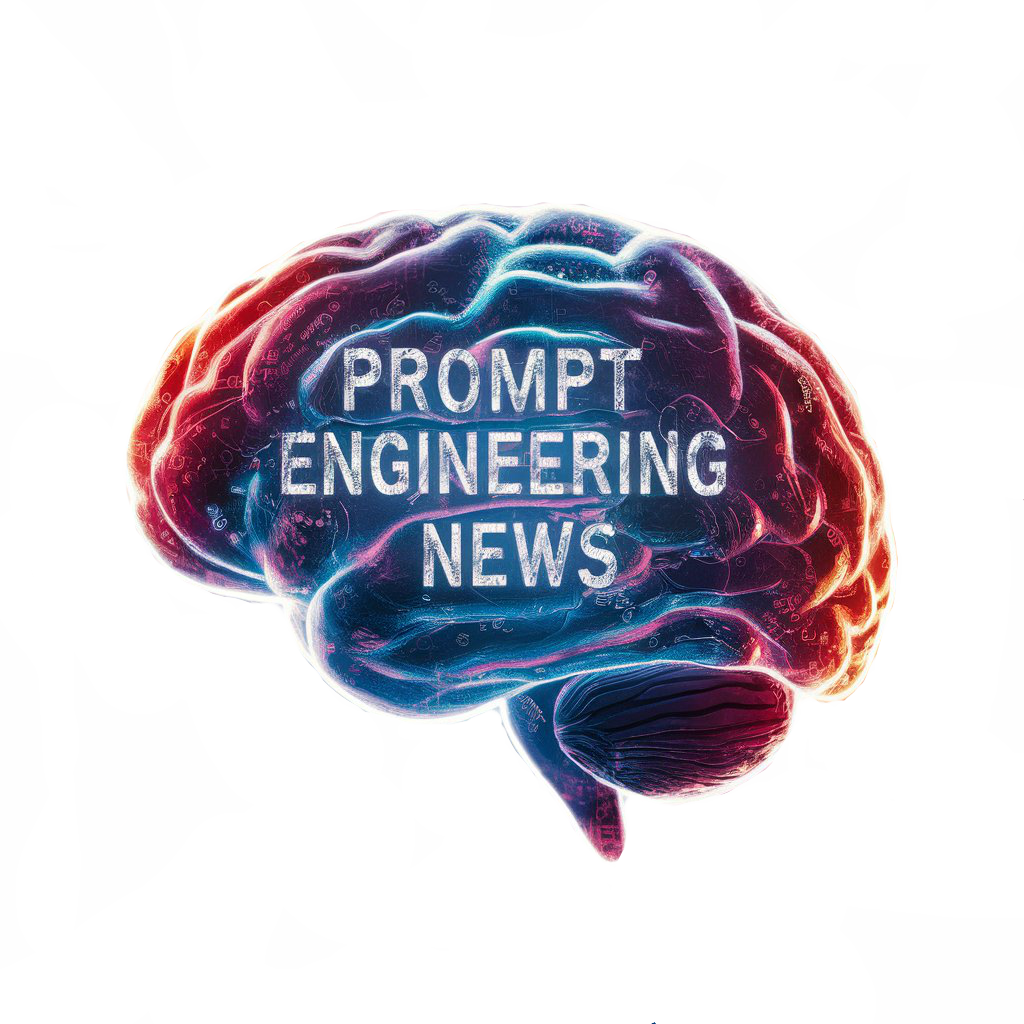AI chatbots have revolutionized the way businesses interact with customers online, offering personalized and efficient customer service. These virtual assistants, powered by artificial intelligence (AI) algorithms, are designed to understand and respond to user queries in a conversational manner. In this article, we will explore what AI chatbots are, their various uses, the pros and cons of different well-known chatbots, the process of creating chatbots, and the developer tools available for their creation. Additionally, we will highlight some existing examples of chatbots and development platforms with web links for further exploration.

What are AI Chatbots?
AI chatbots are computer programs that use artificial intelligence, machine learning, and natural language processing to simulate human-like conversations with users. They can be deployed on websites, messaging platforms, social media, or mobile applications to engage with customers, answer questions, provide information, and assist with various tasks. AI chatbots can be trained to understand user intents, context, and sentiment, allowing for seamless communication and personalized responses.
Uses of AI Chatbots:
- Customer Support: Chatbots can provide instant assistance to customers, answering common questions, resolving issues, and directing inquiries to the appropriate channels.
- Lead Generation: Chatbots can qualify leads, capture contact information, and guide users through the sales funnel.
- E-commerce: Chatbots can help users make product recommendations, assist in product searches, and facilitate transactions.
- Information Retrieval: Chatbots can retrieve specific information, such as weather forecasts, news updates, or local business listings.
- Appointment Scheduling: Chatbots can streamline the process of scheduling appointments, making reservations, or booking services.
Pros and Cons of Well-Known Chatbots:
- Google Assistant:
- Pros: Advanced AI capabilities, integration with Google services, multi-platform support.
- Cons: Limited customization options, privacy concerns.
- Amazon Alexa:
- Pros: Extensive smart home integration, vast library of skills, voice-activated commands.
- Cons: Less conversational ability, privacy and security risks.
- IBM Watson Assistant:
- Pros: Enterprise-grade features, multi-language support, integration with IBM Cloud.
- Cons: Complex configuration, higher cost for advanced features.
- Microsoft Cortana:
- Pros: Seamlessly integrates with Microsoft products, voice recognition capabilities, task automation.
- Cons: Limited third-party app support, user adoption challenges.
Creating AI Chatbots:
Creating AI chatbots involves several steps, including:
- Defining Chatbot Objectives: Determine the chatbot’s purpose, target audience, and functionality.
- Designing Conversations: Create conversation flows, including greetings, responses, and fallbacks.
- Selecting a Platform: Choose a chatbot development platform based on requirements and features.
- Integrating AI: Implement natural language processing (NLP) and machine learning algorithms for understanding user inputs.
- Testing and Launching: Test the chatbot extensively for accuracy, efficiency, and user experience before deploying it.
Developer Tools for Chatbot Creation:
Some popular developer tools for creating chatbots include:
- Dialogflow: A Google Cloud-based platform for building conversational interfaces.
- Amazon Lex: Amazon’s AI service for building chatbots with voice and text capabilities.
- Microsoft Bot Framework: A comprehensive framework for developing intelligent chatbots across multiple platforms.
- IBM Watson Assistant: IBM’s AI-powered virtual assistant platform for creating customizable chatbots.
Existing Examples of Chatbots and Development Platforms:
- Chatbot Examples:
- HealthTap: A virtual health assistant that provides medical advice and information.
- Duolingo Chatbot: Language learning chatbot that helps users practice conversation skills.
- Development Platforms:
- Chatfuel: A no-code platform for building Facebook Messenger chatbots.
- Rasa: An open-source framework for creating advanced conversational AI chatbots.
In conclusion, AI chatbots have transformed the way businesses engage with customers, offering efficient and personalized interactions. While different chatbots have their pros and cons, the key lies in designing effective conversational experiences that meet user needs. With the right tools and platforms, developers can create powerful chatbots that enhance customer experiences and drive business growth. Explore the examples and platforms mentioned above to dive deeper into the world of AI chatbots and unleash their potential in your applications.



